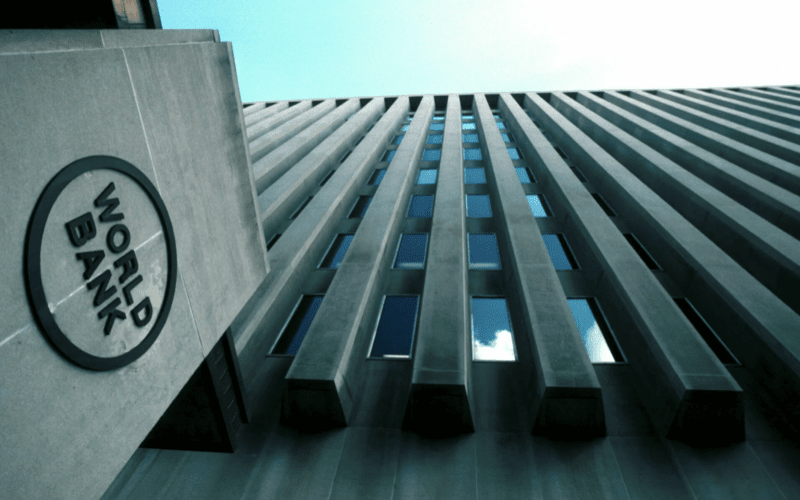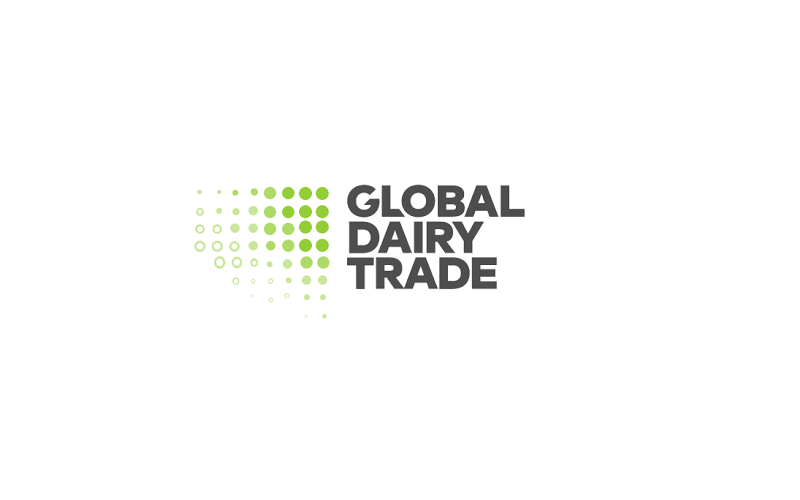World Bank Forecasts Global Economic Growth to Stabilize at 2.6% in 2024
Sourse: Dairynews.today
The World Bank has maintained its forecast for the global economy's growth rate in 2024, projecting a 2.6% increase, with a slight uptick anticipated in 2025-2026. According to the World Bank's June report on global economic prospects, this marks the first stabilization in growth rates over the past three years, albeit at a lower level compared to recent historical averages.

The report notes that the global growth rate is expected to remain at 2.6% in 2024 and increase marginally to an average of 2.7% in 2025-2026. This projection is significantly below the 3.1% average seen in the decade leading up to the COVID-19 pandemic. The growth rates in countries comprising over 80% of the world's population and GDP are forecasted to remain below pre-pandemic levels.
In developing countries, economic growth is projected to average 4% in 2024-2025, slightly lower than in 2023. Growth in low-income economies is expected to accelerate to 5% in 2024, up from 3.8% in 2023. However, forecasts for three out of four low-income countries have deteriorated since January. Advanced economies are expected to see a growth rate of 1.5% in 2024, increasing to 1.7% in 2025.
The income gap between developing and developed economies is projected to widen in almost half of the developing countries by 2024, the highest since the 1990s. Per capita income growth in these countries is expected to average 3.0% up to 2026, down from 3.8% in the decade before the pandemic.
Global inflation is expected to slow to 3.5% in 2024 and to 2.9% in 2025, though this slowdown is less pronounced than previously anticipated. Central banks are likely to proceed cautiously in lowering key interest rates, with global interest rates expected to remain relatively high, averaging about 4% in 2025-2026.
Indermit Gill, Chief Economist and Senior Vice President of the World Bank, highlighted the challenges facing the world's poorest countries, including heavy debt burdens, reduced trade opportunities, and costly climate events. Geopolitical tensions and potential trade fragmentation could further destabilize commodity prices and disrupt retail chains.
In Europe and Central Asia (ECA), the growth rate increased to 3.2% in 2023, driven by recovery in Russia and Ukraine and a robust rebound in Central Asia. Russia's economy is forecasted to grow by 2.9% in 2024, 1.4% in 2025, and 1.1% in 2026. Ukraine is expected to see growth rates of 3.2% in 2023, 6.5% in 2024, and 5.1% in 2026. Overall, economic growth in the ECA region is expected to decelerate to 3% in 2024, 2.9% in 2025, and 2.8% in 2026. The region, excluding Turkey, is transitioning to a more lenient monetary policy, with rising real wages and a record-low unemployment rate.
In developing countries, economic growth is projected to average 4% in 2024-2025, slightly lower than in 2023. Growth in low-income economies is expected to accelerate to 5% in 2024, up from 3.8% in 2023. However, forecasts for three out of four low-income countries have deteriorated since January. Advanced economies are expected to see a growth rate of 1.5% in 2024, increasing to 1.7% in 2025.
The income gap between developing and developed economies is projected to widen in almost half of the developing countries by 2024, the highest since the 1990s. Per capita income growth in these countries is expected to average 3.0% up to 2026, down from 3.8% in the decade before the pandemic.
Global inflation is expected to slow to 3.5% in 2024 and to 2.9% in 2025, though this slowdown is less pronounced than previously anticipated. Central banks are likely to proceed cautiously in lowering key interest rates, with global interest rates expected to remain relatively high, averaging about 4% in 2025-2026.
Indermit Gill, Chief Economist and Senior Vice President of the World Bank, highlighted the challenges facing the world's poorest countries, including heavy debt burdens, reduced trade opportunities, and costly climate events. Geopolitical tensions and potential trade fragmentation could further destabilize commodity prices and disrupt retail chains.
In Europe and Central Asia (ECA), the growth rate increased to 3.2% in 2023, driven by recovery in Russia and Ukraine and a robust rebound in Central Asia. Russia's economy is forecasted to grow by 2.9% in 2024, 1.4% in 2025, and 1.1% in 2026. Ukraine is expected to see growth rates of 3.2% in 2023, 6.5% in 2024, and 5.1% in 2026. Overall, economic growth in the ECA region is expected to decelerate to 3% in 2024, 2.9% in 2025, and 2.8% in 2026. The region, excluding Turkey, is transitioning to a more lenient monetary policy, with rising real wages and a record-low unemployment rate.











